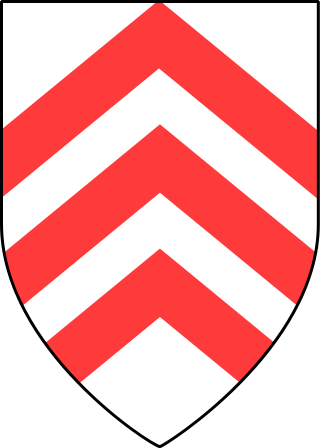
The 6th Infantry Division was a unit of the German Army during World War II.

The 75th Infantry Division was a German infantry division in World War II. It was formed on 26 August 1939.

The 205th Infantry Division was a German infantry division of the Heer during the Second World War. It was initially known as the 14th Landwehr Division.
The LIII Army Corps was a corps of the German Army during World War II. It was first deployed in 1941 and was active as part of various armies under Army Group Centre until 1944, when it was destroyed during the Soviet Red Army operations Bagration and Kutuzov in June and July 1944. The corps suffered enormous casualties as a result of the Soviet attacks. All of its divisions were destroyed and all but a few of the soldiers were killed or captured by the Soviet Union. A new formation named LIII Army Corps was subsequently deployed in December 1944, when it was assigned to Seventh Army and fought on the western front until surrendering to United States Army forces in April 1945.
The 89th Infantry Division was an infantry division of the German Heer during World War II.
The 703rd Infantry Division was a fictitious infantry division of the German Wehrmacht during World War II. The troops designated as the 703rd Infantry Division never came close to the strength of an actual division.
The I Cavalry Corps, initially known simply as the Cavalry Corps, or alternatively as Cavalry Corps Harteneck after its commander, was an army corps of the German Wehrmacht during World War II. It was formed in 1944 and existed until 1945.
The 196th Infantry Division was an infantry division of the German Heer during World War II.
The 265th Infantry Division was an infantry division of the German Heer during World War II.
The 270th Infantry Division was an infantry division of the German Heer during World War II.
The 271st Infantry Division was an infantry division of the German Heer during World War II.
The 274th Infantry Division was an infantry division of the German Heer during World War II.
The 303rd Infantry Division, also dubbed Infantry Division "Döberitz", was an infantry division of the German Heer during World War II.
Infantry Division 309, also known as the 309th Infantry Division, Infantry Division "Berlin", and Infantry Division "Greater Berlin", was an infantry division of the German Wehrmacht during World War II.
The 544th Volksgrenadier Division was a Volksgrenadier-type infantry division of the German Wehrmacht during World War II. It was active from July 1944 to May 1945. In the first two months of service, the division was designated 544th Grenadier Division.
The 328th Infantry Division was the name of two distinct infantry divisions of the German army during World War II. The first, simply dubbed 328th Infantry Division, existed between 1941 and 1943, while the second, designated 328th Infantry Division "Zealand", existed for just under two months in 1945.
The 330th Infantry Division was an infantry division of the German army during World War II. It was active between 1941 and 1943.
The Infantry Division Friedrich Ludwig Jahn was an infantry division of the German army during World War II. It was formed in the final weeks of the war, and existed between late March and early May 1945.
The 355th Infantry Division was an infantry division of the German army during World War II. It existed between May and November 1943.


